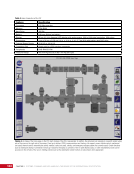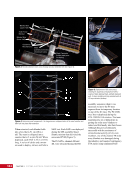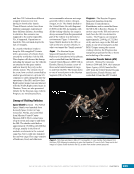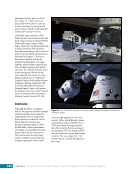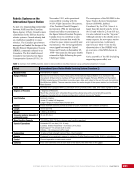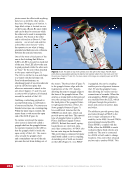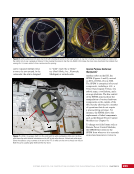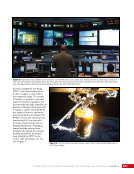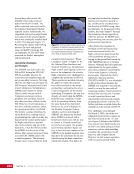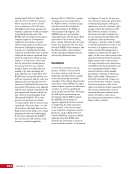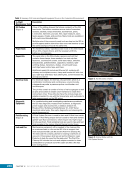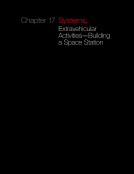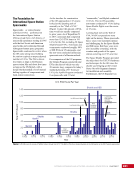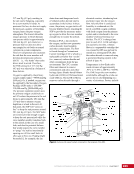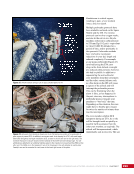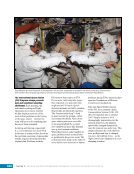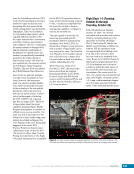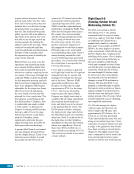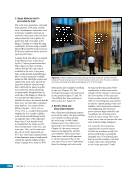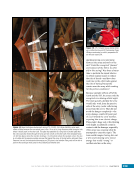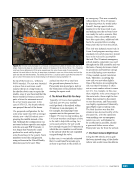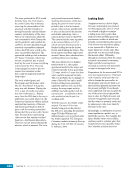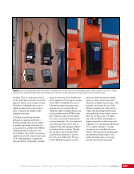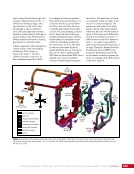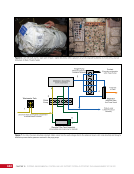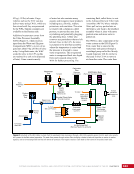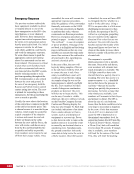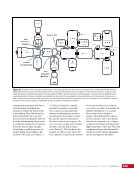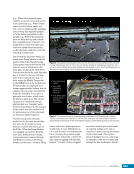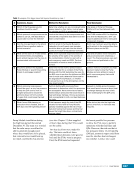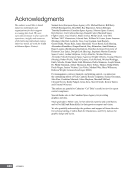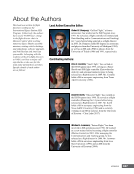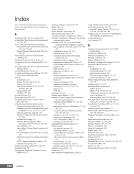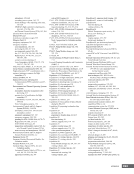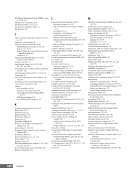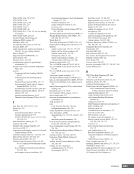5 SYSTEMS: INTERNATIONAL SPACE STATION PLANNING—A ROADMAP TO GETTING IT ALL DONE CHAPTER 1 planners to evaluate the set of proposed increment requirements for feasibility before the final requirements are approved while allowing planners to begin developing their databases of activities. Increment planning, performed by the flight control planning team, is broken into pre-increment planning and execute planning. The pre-increment planning phase begins 1 year prior to the increment start and ends at increment start—3 weeks (I-3 weeks). As described in detail below, the primary products generated during this phase are the Increment Overview, On-orbit Operations Summary (OOS), and the Execute Planning Groundrules and Constraints (Gr&C). Three weeks prior to start of the increment, the planners begin what is called the “execute” phase. The primary products of the execute phase are the Monthly Calendar, Weekly Lookahead Plan (WLP), Short Term Plan (STP), Onboard Short Term Plan (OSTP), and Daily Execute Package. Although this process is orderly, significant change is occurring through the entire process as ISS Program priorities change. Problems such as broken hardware or a supply mission delay are the main drivers for these changes. Thus, replanning is an ongoing process. Increment Planning The International Execute Planning Team (IEPT), led by the lead operations planner resident at NASA Johnson Space Center, develops the pre-increment products. Planning representatives from each international partner (see Introduction)—NASA, Russia, Europe, and Japan—comprise the IEPT. The Payloads Operations and Integration Center organizes research in the United States, whereas the lead mission control center for each partner coordinates its respective research activities. The IEPT members conduct regular conferences, routinely exchange planning data according to a predefined schedule, and participate in two face-to-face meetings for pre-increment planning product finalization. During the execute planning phase, IEPT meetings (telecons) are conducted 3 days a week to facilitate WLP and STP development and replanning. A key task during pre-increment planning is to evaluate the feasibility of the program requirements. At this stage of the process, planners begin translating program requirements into activities and assigning these activities to periods of time during the increment to determine whether sufficient resources (e.g., crew time) are available and whether defined activity constraints (e.g., microgravity periods, sufficient day/night cycles, etc.) can be satisfied. Detailed procedures and time estimates are generally not available at this stage however, the operations team has done enough analysis to have a reasonable estimate on how long each activity will take. If an activity is particularly complex, the operations team may conduct a dry run in the mock-up facility to improve the time estimate. Eventually, as the time of executing the activity gets closer, the procedure will be verified and the final time estimate will be available. If the activity has been performed previously or is suitably similar to another activity, the time can be better estimated. However, individual crew members can take a different amount of time to perform the same activity, depending on background or previous experience in space. The IEPT develops the primary products of this phase—the Increment Overview, OOS, and Gr&C—according to a predefined schedule (Table 1). Table 1. Dates are referenced to the start of the increment (I) and the time. I-12 indicates 12 months before the start of the increment. Increment Overview Increment-Specific Groundrules & Constraints On-orbit Summary Draft: I-12 months Draft development occurs ~I-8 through I-4 months Draft development occurs ~I-8 through I-4 months Preliminary: I-6 months Preliminary: I-4 months Preliminary: I-4 months Final: I-1 month Final: I-1 month Final: I-1 month The Increment Overview (Figure 1) is the official planning document until 1 month prior to beginning of the increment when the final OOS provides the information for the final stages of planning. The document contains a summary of key increment operations such as spacewalks and illustrated vehicle traffic to and from the ISS. Vehicle traffic includes the Soyuz flights that bring the new crew as well as the cargo resupply missions. Further, the Increment Overview provides estimates of crew time for research utilization. For example, the crew might have an expected amount of 30 to 40 crew hours available in one week for experiments, whereas another week might contain a spacewalk and may only have 5 to 10 hours available. The OOS as shown in Figure 2 is a high-level plan, organized by day, spanning the entire increment that addresses crew time usage and indicates other major operations (e.g., visiting vehicle arrivals/ departures, EVAs, significant non- crew operations, etc.). The intent
Purchased by unknown, nofirst nolast From: Scampersandbox (scampersandbox.tizrapublisher.com)








































































































































